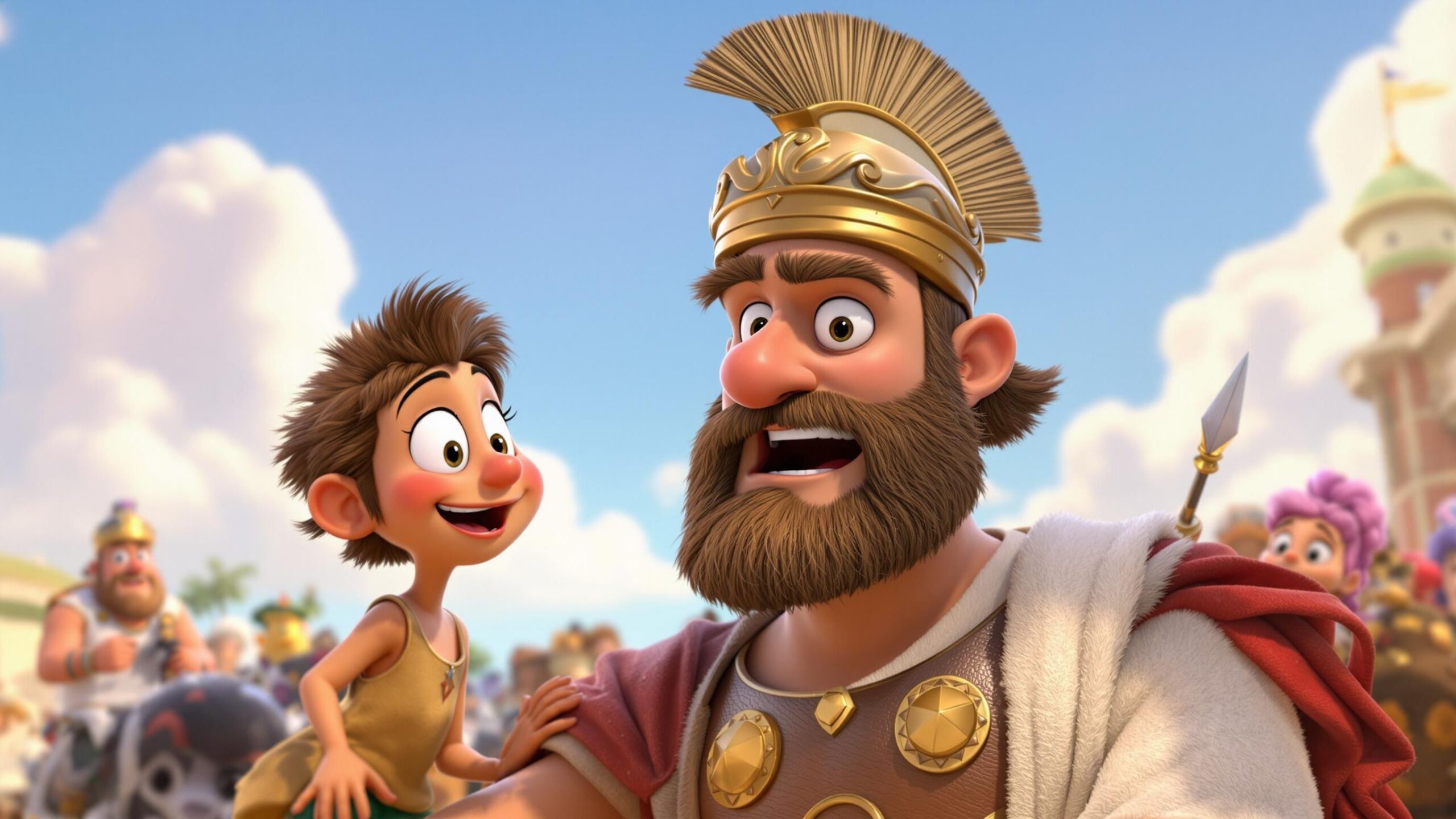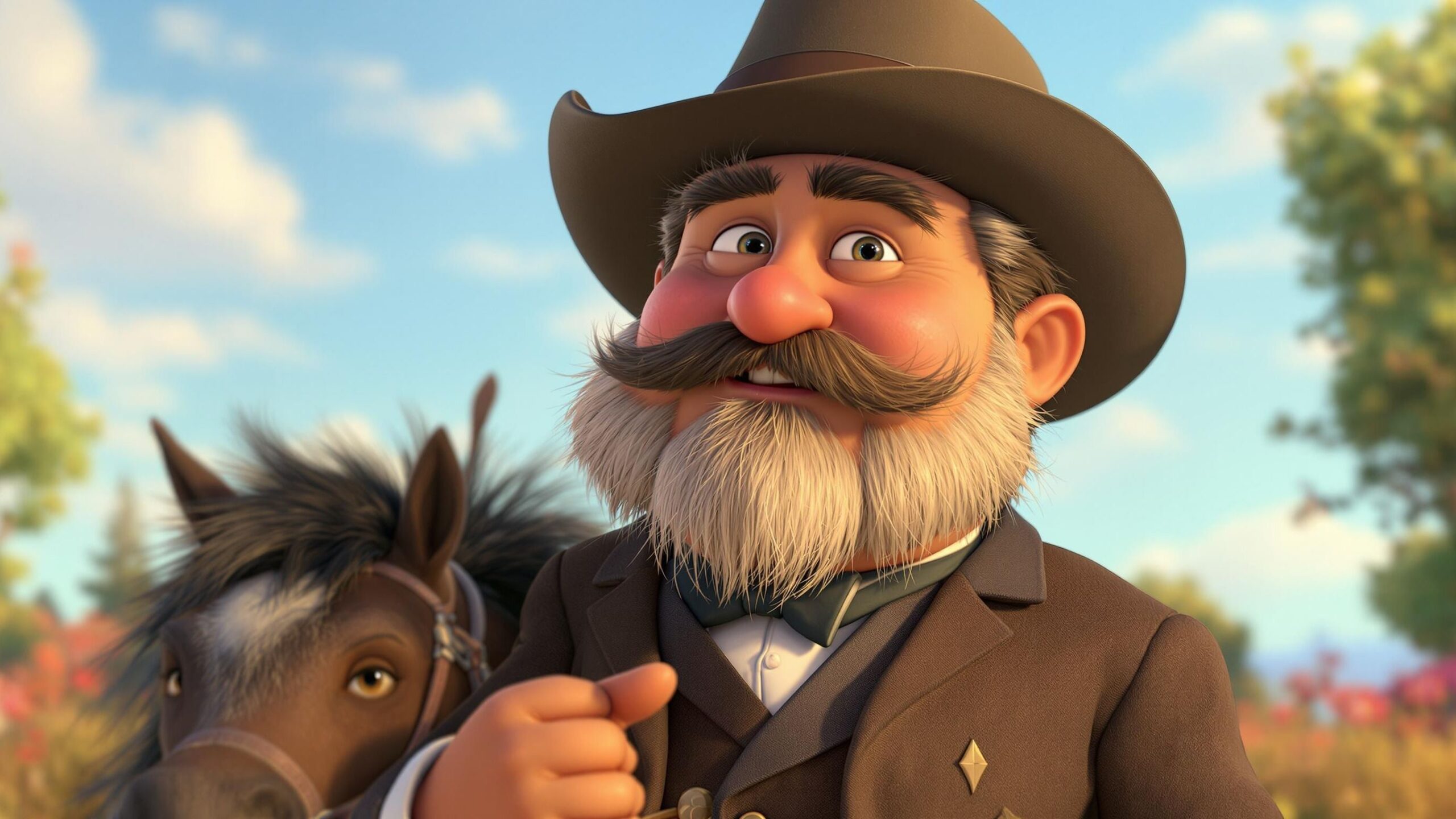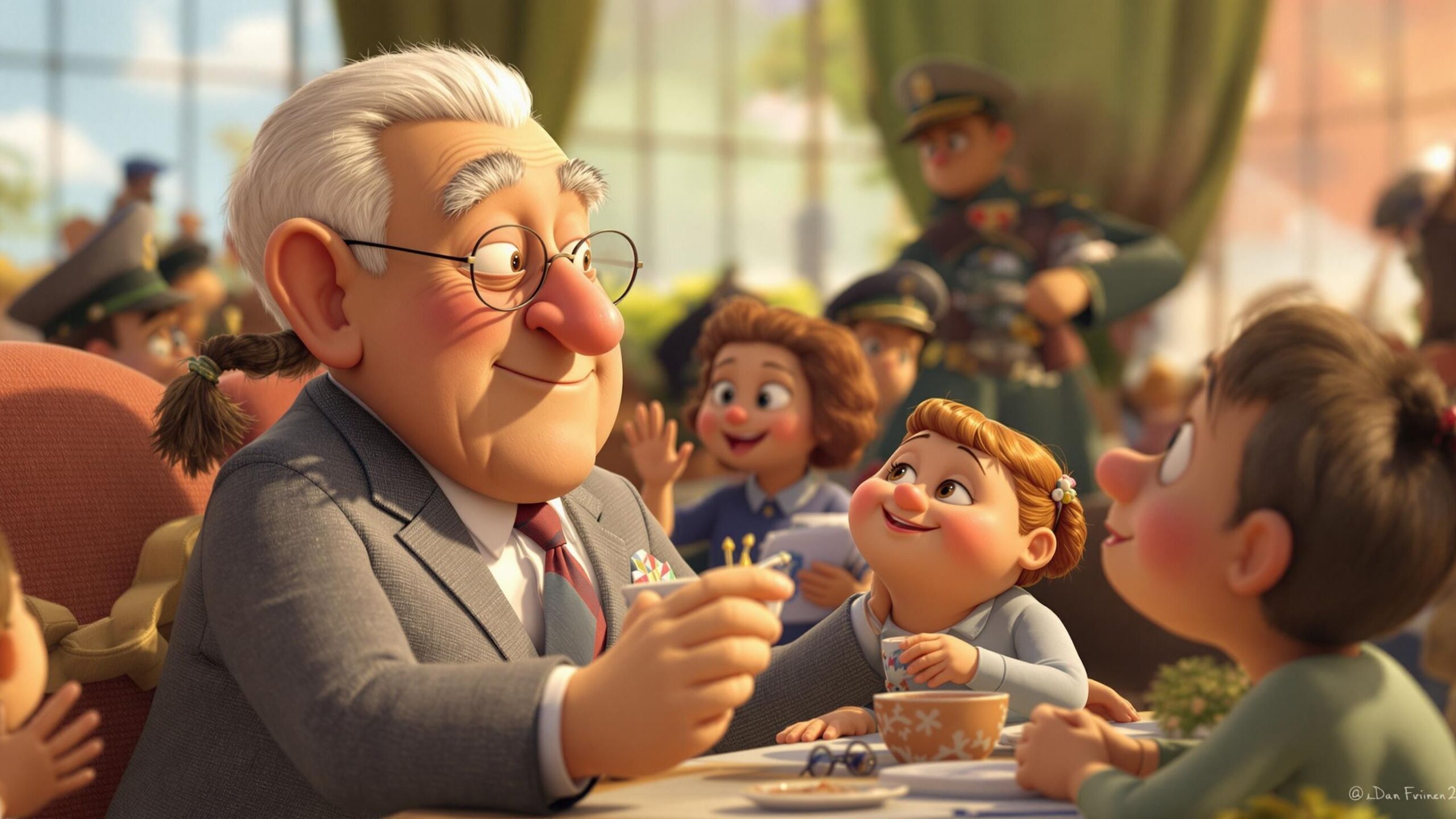From Hollywood to the White House: A Different Kind of Warrior
Ronald Reagan didn’t look like a world-changing figure when he entered the Oval Office in 1981. With a former career in Hollywood, a trademark twinkle in his eye, and a reputation for quips over quagmires, he was underestimated by many—both at home and abroad. But the man who had once acted in black-and-white Westerns would go on to perform his greatest role on the world stage, playing a pivotal part in the final act of the Cold War. He didn’t do it with armies. He didn’t do it with invasions. And he certainly didn’t do it with nuclear missiles. Reagan’s power came from a different arsenal—an unshakable belief in freedom, relentless optimism, bold strategy, and, perhaps most importantly, a deep understanding of how to communicate a compelling vision of hope to a world afraid of annihilation. By the time the Berlin Wall crumbled in 1989, the Iron Curtain was already being lifted—and Reagan had played a starring role in making it happen, all without firing a single bullet.
The Great Communicator Finds His Greatest Challenge
Reagan’s presidency began during one of the most tense and terrifying chapters of the Cold War. The Soviet Union still stood as a formidable superpower. Nuclear arsenals bulged on both sides. Fear was in the air, not just in Washington or Moscow, but around dinner tables across the globe. The idea of “mutually assured destruction” was no longer abstract—it felt like a clock ticking loudly toward doomsday.
But Reagan brought something new to the table. Unlike previous presidents who approached the Soviet Union with containment and cautious diplomacy, Reagan refused to view communism as just another ideology. He saw it as a moral wrong—an oppressive system that shackled human potential. And more importantly, he believed it could be defeated. Not managed. Not tolerated. Defeated.
That belief would change everything.
Rhetoric as Weaponry: Words That Woke the World
Ronald Reagan wielded words like arrows—sharp, precise, and impossible to ignore. His speeches didn’t just echo through chambers of government; they thundered into history. In 1983, he stunned the world by calling the Soviet Union an “evil empire.” Critics gasped. Allies winced. But Reagan didn’t back down. He knew that clarity, not compromise, was what would shift the balance.
He spoke not to win applause, but to awaken resolve. His rhetoric was aimed just as much at the captive peoples behind the Iron Curtain as it was at the Kremlin. To those suffering under authoritarian rule, his voice sounded like possibility. To Soviet leaders, it sounded like an alarm bell.
But his most famous line would come in 1987, standing in front of the Brandenburg Gate in West Berlin. With the Cold War at its boiling point, Reagan looked directly at the towering concrete wall behind him and declared, “Mr. Gorbachev, tear down this wall!” Those words cut through decades of dread like a beam of sunlight through gray clouds. They weren’t just a plea—they were a challenge. And they became a rallying cry for change.
Star Wars and Strategic Daring
Reagan’s most controversial—and visionary—initiative was the Strategic Defense Initiative (SDI), dubbed “Star Wars” by the press. It sounded like science fiction: space-based systems that could shoot down incoming nuclear missiles. Critics mocked it as fantasy. But the Soviets didn’t laugh.
To them, it wasn’t just a defense program—it was a threat to the strategic balance of power. Reagan’s proposal forced them to consider an arms race they couldn’t afford to win. The Soviet economy was already sputtering, creaking under the weight of central planning and military overspending. SDI tilted the board.
Reagan never intended to use SDI as a real-life laser show in orbit. What he intended—and achieved—was to sow doubt in Soviet confidence, force them into costly decisions, and gain leverage in negotiations. It worked. The Soviets knew their bluff had been called.
Building Peace Through Strength
“Peace through strength” wasn’t just a campaign slogan. It was the core of Reagan’s strategy. While calling for the end of the Cold War, Reagan also massively increased U.S. military spending, modernized nuclear forces, and reinforced NATO. He wasn’t bluffing. He understood that negotiation only works when the other side believes you don’t have to negotiate.
But Reagan’s military buildup wasn’t a provocation—it was a paradox. By demonstrating America’s unmatched might, he actually created space for peace. The Soviets began to see the futility of continuing the Cold War on military terms. Reagan’s logic was clear: strength brings respect, and respect opens the door to real diplomacy.
And when that door finally opened, Reagan stepped through it—not with bombs, but with boldness.
The Reagan-Gorbachev Connection: Enemies to Architects
In 1985, Mikhail Gorbachev became the leader of the Soviet Union—and with him came winds of change. Unlike his predecessors, Gorbachev was young, pragmatic, and curious about reform. Where previous leaders had met Reagan with cold suspicion, Gorbachev brought something new to the table: openness to dialogue.
Reagan, for all his tough talk, recognized this immediately. He saw Gorbachev not as a foe to be crushed, but as a partner in reshaping the world order. The two met multiple times—in Geneva, Reykjavik, Washington, and Moscow. At first, progress was slow. Tensions flared. SDI remained a sticking point. But Reagan didn’t lose sight of the bigger picture.
At Reykjavik in 1986, the two came heartbreakingly close to agreeing on the complete elimination of nuclear weapons. The talks fell apart, but the moment proved something revolutionary: that even the superpowers could imagine a future without nukes.
By 1987, the negotiations bore fruit. Reagan and Gorbachev signed the INF Treaty, eliminating an entire class of nuclear missiles. It was the first time the two nations agreed to reduce—not just cap—nuclear arms. The impossible was suddenly reality.
Behind the Curtain: Inspiring a Revolution of Minds
While Reagan worked with Gorbachev at the top levels, his influence ran even deeper—into the hearts of the people under Soviet rule. His speeches, broadcasted or passed around in whispers, carried messages of hope, liberty, and human dignity. Reagan didn’t see the Cold War as a battle of bombs, but a battle of belief systems. And he believed the truth would win.
He spoke directly to those behind the Iron Curtain. Not in complicated policy language, but in simple, powerful ideas. He believed that people, when shown freedom, would yearn for it. And when that yearning reached critical mass, no wall or regime could contain it.
And that’s exactly what happened.
By the late 1980s, revolutions began sweeping through Eastern Europe. From Poland to Hungary to Czechoslovakia, people rose up. The Berlin Wall fell in 1989—not because of American tanks, but because Reagan had helped ignite something stronger: the human spirit’s refusal to stay shackled.
Laughter in the Face of Fear: Humor as a Leadership Tool
Reagan knew how to laugh—and how to make others laugh, even in the darkest of times. His humor wasn’t just for charm. It was a weapon, a shield, and a bridge. At a time when nuclear war felt constantly close, Reagan could diffuse tension with a well-timed joke, making the unbearable seem a bit more manageable.
He once joked during a mic check, “We begin bombing in five minutes.” It sparked headlines—and groans—but it also reminded the world that this leader didn’t live in fear. He brought humanity into the geopolitical chessboard. He reminded everyone that behind the suits and missiles were actual people, capable of compromise and compassion.
His lightness didn’t signal weakness. It signaled confidence.
Rewriting the Script of Superpower Showdowns
The Cold War had been defined by decades of escalation, paranoia, and brinksmanship. Leaders before Reagan had managed it, but Reagan aimed to end it. He didn’t accept the Cold War as an eternal stalemate. He saw it as a challenge to be solved.
What made Reagan’s strategy so revolutionary wasn’t just policy—it was perspective. He dared to dream of a world without the Cold War. And because he believed it, others began to believe it too. His optimism became contagious. His ideals, once seen as naive, suddenly looked like roadmaps.
By refusing to settle for the status quo, Reagan shifted history. He rewrote the script—and gave it a peaceful ending.
Legacy of a President Who Fought with Vision
By the time Ronald Reagan left office in 1989, the world was no longer teetering on the edge. The Soviet Union would officially dissolve just two years later. The Cold War was over, and not a single nuclear missile had been launched. The man who once declared that freedom was “not passed to our children in the bloodstream” had helped preserve it for a new generation.
His legacy isn’t just military or diplomatic. It’s emotional. Reagan gave people hope. He gave them courage to believe that tyranny could fall without bullets, and that change didn’t have to come with fire—it could come with faith.
His critics debated the details. They questioned the deficits, the policies, the style. But history doesn’t measure greatness in spreadsheets. It measures it in turning points. And Reagan stood at one of the greatest.
The Power of Vision, Voice, and Values
Ronald Reagan didn’t dismantle the Soviet Union with invasions. He did it with conviction. He understood that freedom was more powerful than force, and that belief—when paired with boldness—can reshape the world. He faced the Cold War not as a general, but as a storyteller, reminding people what they could be, and pushing enemies to confront their own contradictions.
He never fired a bullet, but he launched a revolution of ideas. And in doing so, he proved that sometimes the most powerful weapons are not made of steel or smoke—but of vision, voice, and values.
He didn’t just win the Cold War. He helped end it—on humanity’s terms.
And that is a victory written not in battle scars, but in the pages of history.




